Navigating the Future: Five telematics trends taking 2024 by storm
Five telematics trends steering the course of 2024
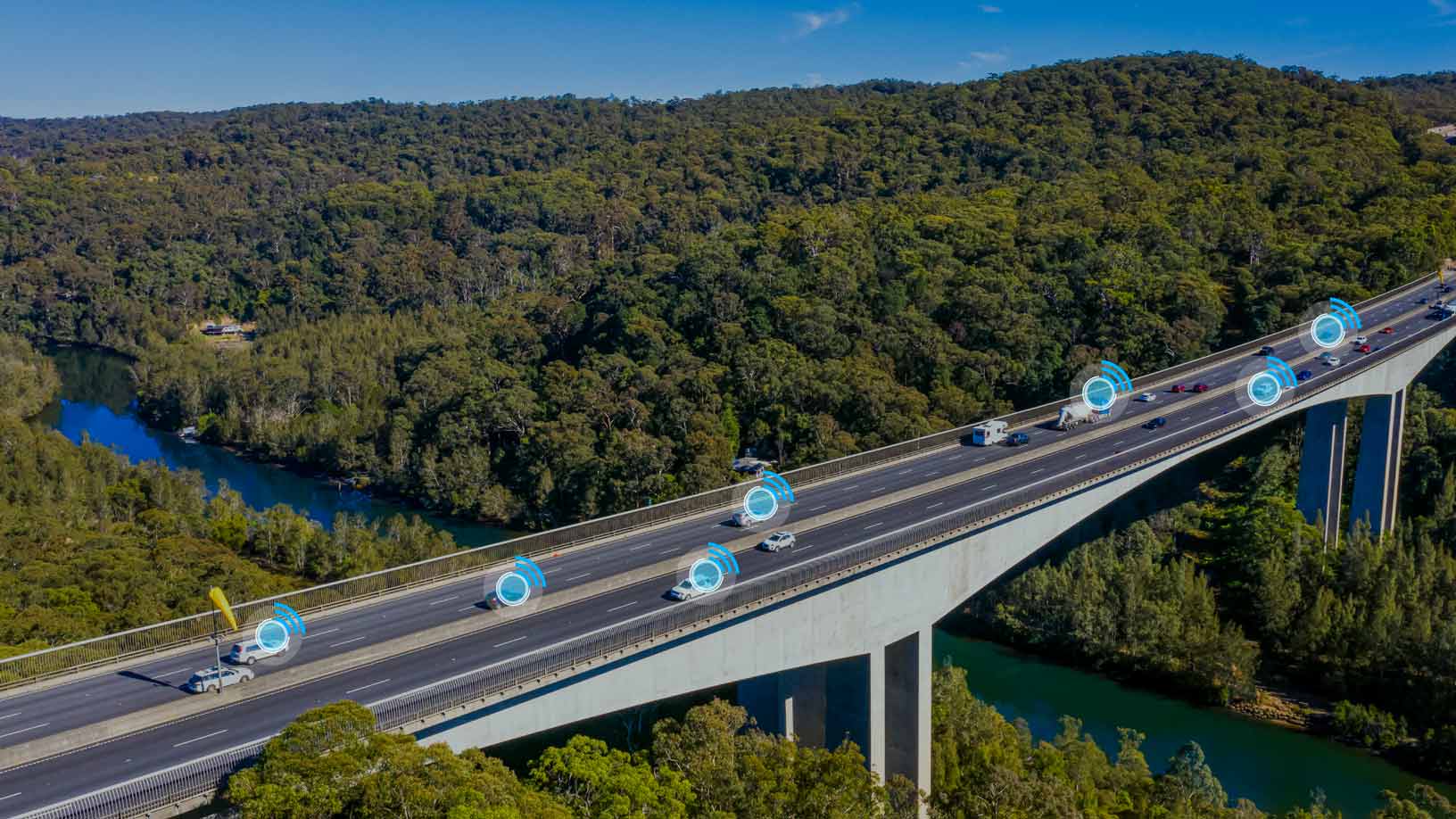
According to a recent analysis, up to 2.3 million telematics devices for fleet management will be installed in vehicles across Australia and New Zealand by 2026. This makes it a double-digit growth industry fueled by new heavy vehicle regulations and a renewed focus on sustainability and electric vehicles (EVs).
So, what will we see over the next year? In 2024, the industry will see more changes, driven by the Telstra 3G shutdown, new AI technologies and the continued adoption of EVs. Here are five trends expected to take the telematics industry by storm over the next 12 months.
Upgrading systems in the wake of 3G shutdown
We are in a sudden rush as businesses try to upgrade their 3G solutions after putting off the decision until the very last minute. As of late last year, between 2 to 3 million 3G devices were operating in Australia. These need to be converted before the shutdown in June, and time is ticking.
Even though Telstra will shut off its 3G signal in June, with Optus following a few months later, many people are still evaluating their current solutions and looking for replacements – but businesses should not be afraid to upgrade. While there might be an upfront cost, the upgrade will enable businesses to upgrade to better telematics solutions, making them more cost-effective and sustainable in the long term.
Revolutionising fleet management with the power of AI integration
If 2023 was the year that generative AI exploded, this year will be the year businesses figure out what they want to do with it. A recent McKinsey survey found that a third of respondents already used generative AI in at least one business function. The same survey found that industries that rely on “knowledge work” would reap the most value, while industries that require physical labor, such as manufacturing, would see the least. Fleet management combines both, but the use cases are already clear.
AI can provide solutions for predictive maintenance, driver monitoring, route optimization and safety, and solutions for greater sustainability outcomes. In some markets, insurers are even launching new products based on AI-powered telematics. Fleet managers should embrace new AI capabilities before they are left behind.
This year, Geotab is debuting Project G (currently in beta testing) in the APAC region. Using generative AI to receive data-driven insights will support fleet managers in making greater sense of the data that telematics devices provide, therefore making the best decisions for their businesses.
Integrating telematics features with electronic work diaries
Australia’s major cities are spread across the country, meaning driver fatigue is a key issue for Australia’s freight industry. The responsibility for managing fatigue falls on the business and there can be severe penalties for any company that does not comply.
Geotab’s electronic work diaries are approved and certified for fatigue management. They can be integrated with telematics solutions to provide insights on fuel efficiency, fuel burn, RPMs, battery, oil and more.
Compliance can be onerous, as the law requires drivers to keep work diaries. As of 2020, electronic logbooks have been permitted, which has made the job much simpler. However, a logbook on its own only holds little value. That is why trucking businesses, especially ones who have not yet upgraded from paper-based work diaries, will start thinking about other onboard features they might add to the mix.
Fleet managers leveraging telematics to upgrade their fleets to EV
It’s rare that fleet managers upgrade an entire fleet to electric at once. More often, internal combustion engine (ICE) vehicles are phased out and replaced as they reach their life expectancy. Fleet managers looking to bring EVs into their fleet need to decide which ones to replace and which EV models will suit their needs.
Telematics can take the guesswork out of the transition by providing transparency on emissions, fuel consumption and maintenance costs for their existing fleet,, while also helping them to assess the benefits of switching to an EV.
Geotab’s Electric Vehicle Suitability Assessment (EVSA) report gathers all the information and compares it with the manufacturer's data for EVs in each country. This ensures the transition will be both sustainable and cost-effective.
Monitoring fuel efficiency
It might not have the cutting-edge glamour of new AI technologies, but saving fuel is the bread and butter of vehicle telematics. Saving fuel means saving on costs and achieving greater environmental outcomes. By monitoring fuel efficiency, businesses can determine where they are least efficient and make informed decisions about which vehicles to retire (and potentially replace with EVs). It can also help Australian businesses make Fuel Tax Credit claims.
Geotab’s green fleet dashboard gives fleet managers the fleet’s fuel consumption while benchmarking against similar fleets in the industry. The data is anonymous and aggregated, which means no other business will have insights into your operations.
Telematics can help fleet managers drive efficiency, maintain compliance, enhance the safety of drivers and improve environmental outcomes. New technologies are making telematics solutions more potent than ever. There’s plenty to be optimistic about in 2024. With Geotab’s solutions, fleet managers are set to achieve even more in the year ahead.
The Geotab Team write about company news.
Related posts
.jpeg)
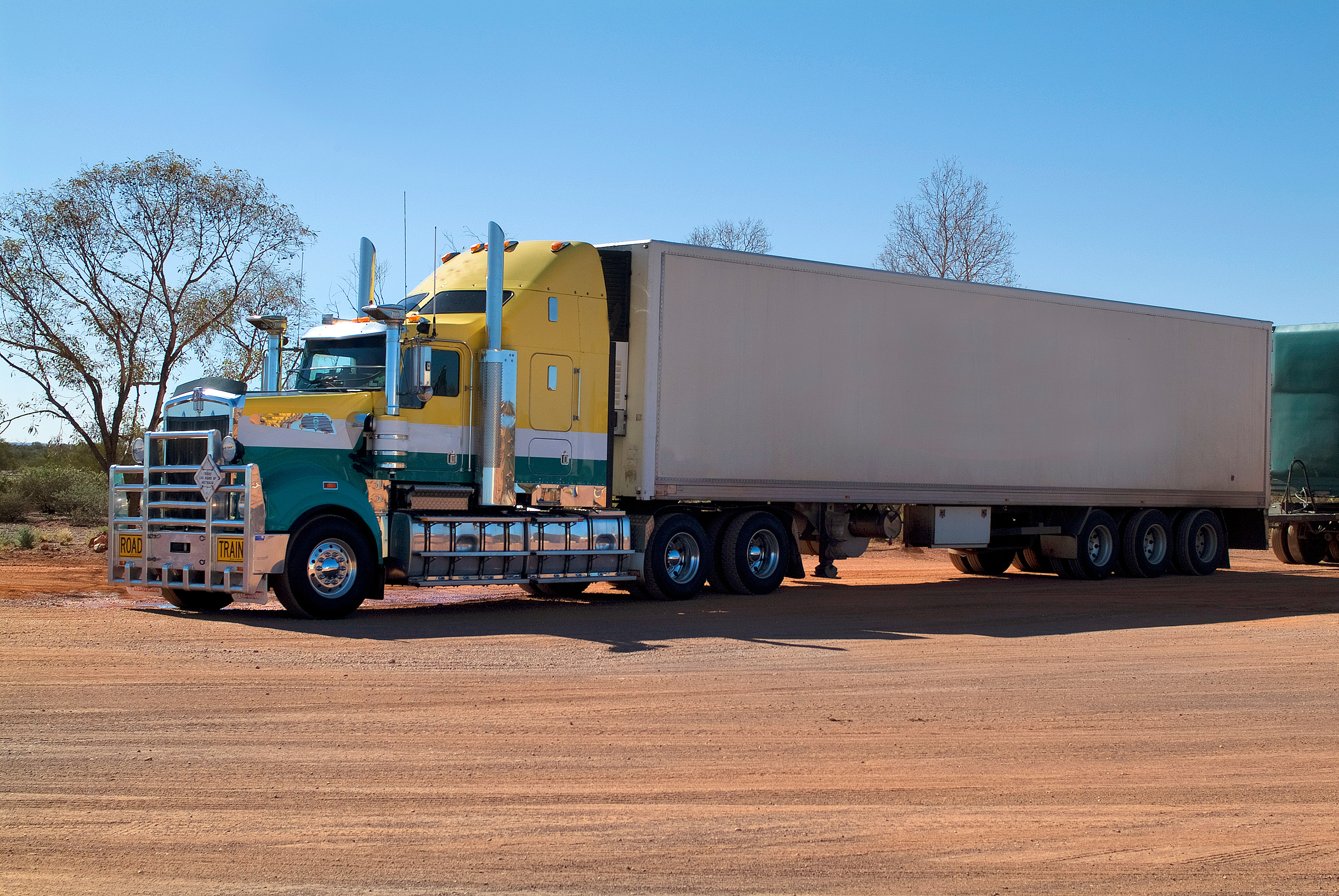
Geotab becomes a certified Telematics Monitoring Application Service Provider
April 1, 2025
3 minute read

From Rebates to Road Safety: A Guide to Optimising Your Council Fleet
March 24, 2025
1 minute read
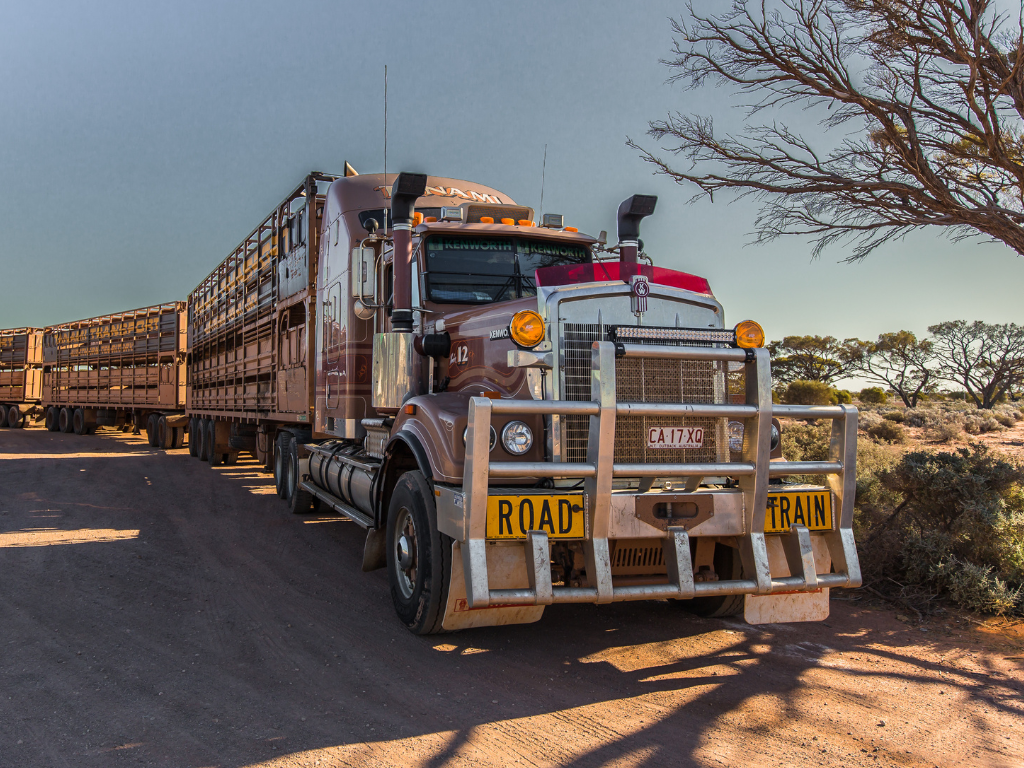
From Horse-Drawn Carts to High-Tech Haulers: The Evolution of the Trucking Industry in Australia
March 21, 2025
3 minute read
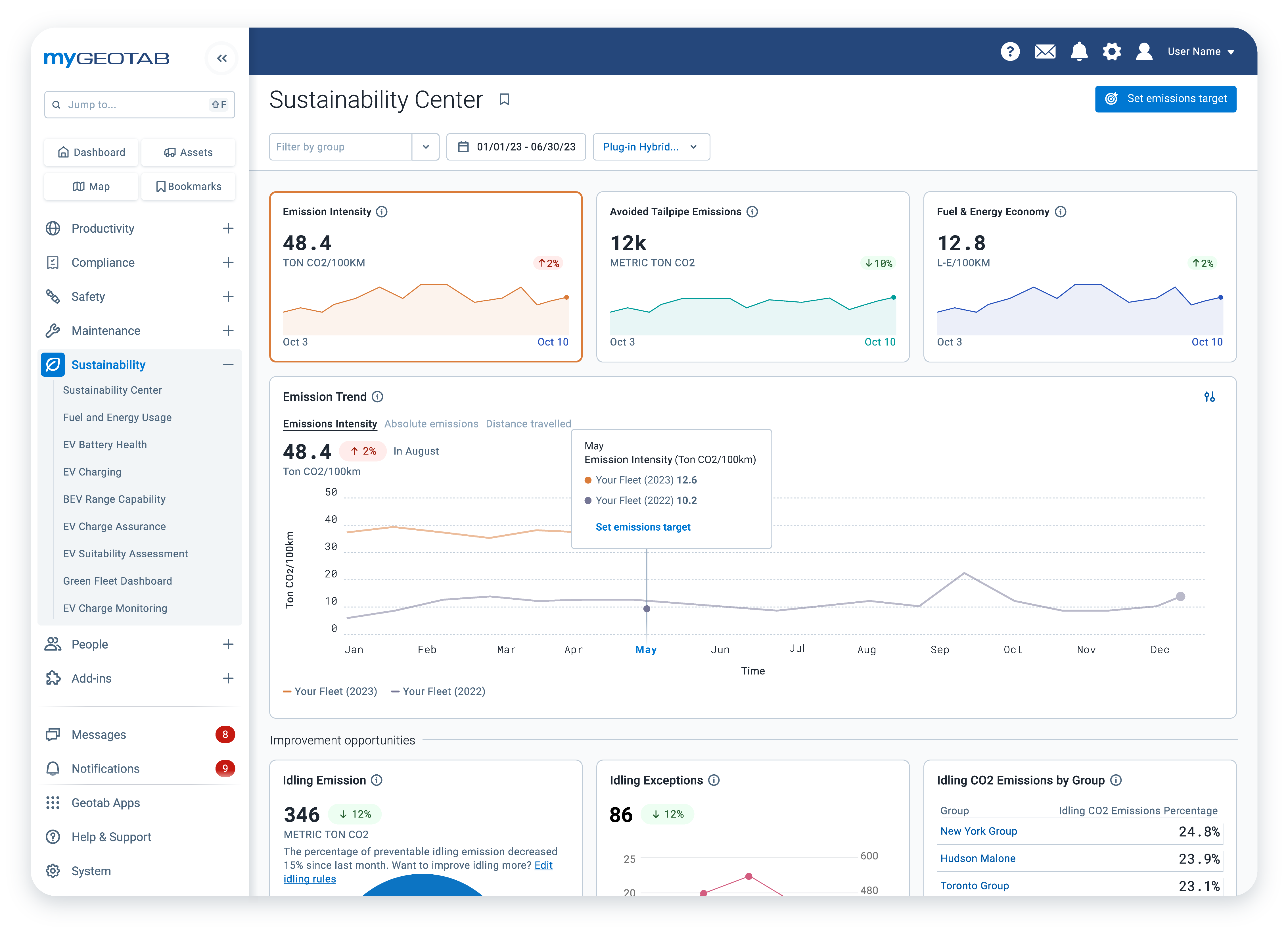
Sustainability Centre: central hub for sustainable fleet management
January 28, 2025
2 minute read
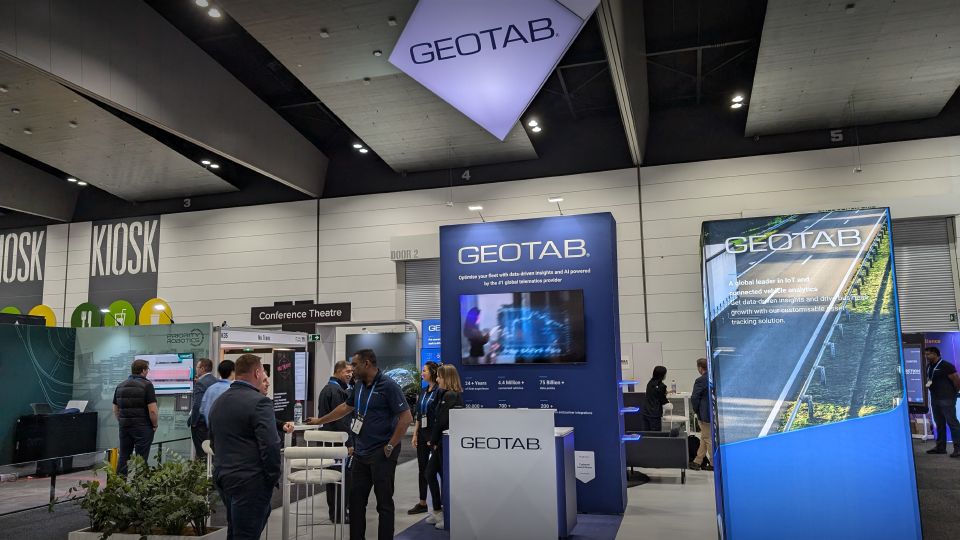
Geotab at MEGATRANS discusses Cost Savings and Automation
September 24, 2024
1 minute read
